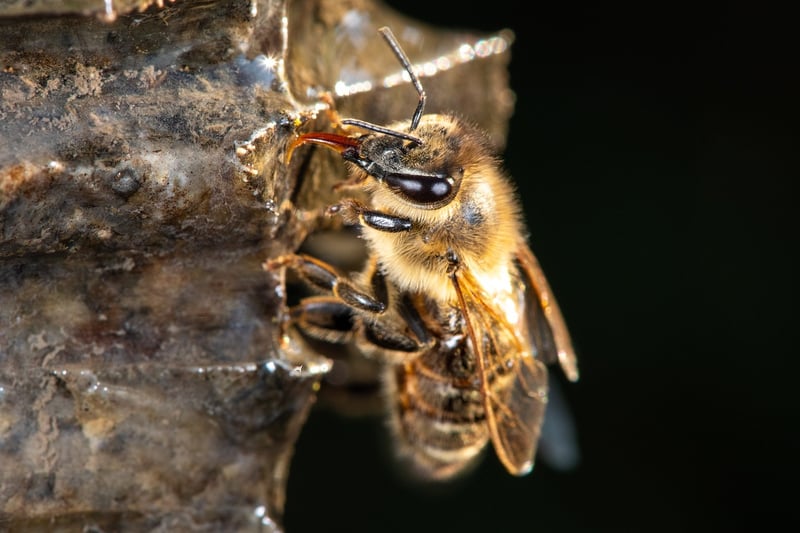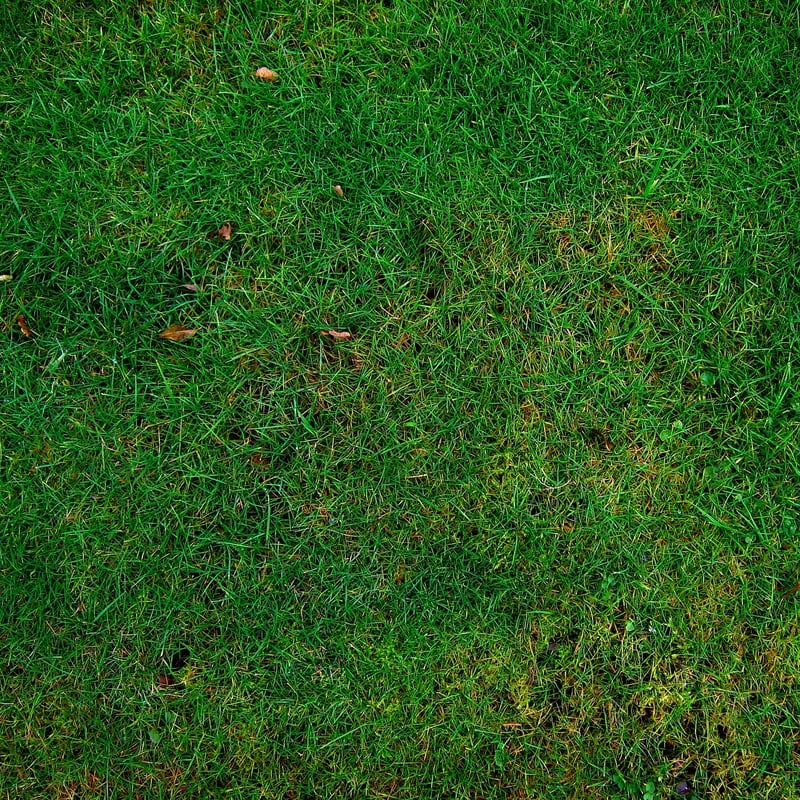Pollinator-Friendly Yards
Designing Eco-Friendly Outdoor Spaces and Pollinator-Friendly Yards
Introduction
Creating outdoor spaces that are not only beautiful but also eco-friendly and supportive of local pollinators can have a significant positive impact on the environment. In this article, we will explore the principles of designing such spaces to promote biodiversity and sustainability.
Benefits of Eco-Friendly Outdoor Spaces
Eco-friendly outdoor spaces offer a range of benefits, including:
- Reduced water consumption
- Improved air quality
- Support for local wildlife
- Lower maintenance requirements
- Enhanced aesthetic appeal
Key Elements of Eco-Friendly Design
When designing outdoor spaces with eco-friendliness in mind, consider incorporating the following elements:
- Native plants that require less water and provide food and habitat for local wildlife
- Permeable surfaces to reduce stormwater runoff and allow water to infiltrate the soil
- Compost bins to recycle organic waste and enrich the soil
- Sustainable materials such as reclaimed wood and recycled plastics
- Energy-efficient outdoor lighting
Pollinator-Friendly Yards
Creating a pollinator-friendly yard is essential for supporting bees, butterflies, and other pollinating insects that play a crucial role in plant reproduction. Here are some tips for designing a pollinator-friendly yard:
- Plant a variety of flowering plants that bloom at different times to provide food throughout the year
- Avoid using pesticides and herbicides that can harm pollinators
- Provide nesting sites for native bees, such as bee hotels or undisturbed areas of soil
- Include a water source, such as a birdbath or shallow dish with rocks for butterflies
Conclusion
By incorporating eco-friendly principles and creating pollinator-friendly yards, you can not only enjoy a beautiful outdoor space but also contribute to biodiversity conservation and environmental sustainability. Start planning your eco-friendly outdoor oasis today!


For more tips and inspiration on eco-friendly outdoor spaces, visit EPA Sustainability.
